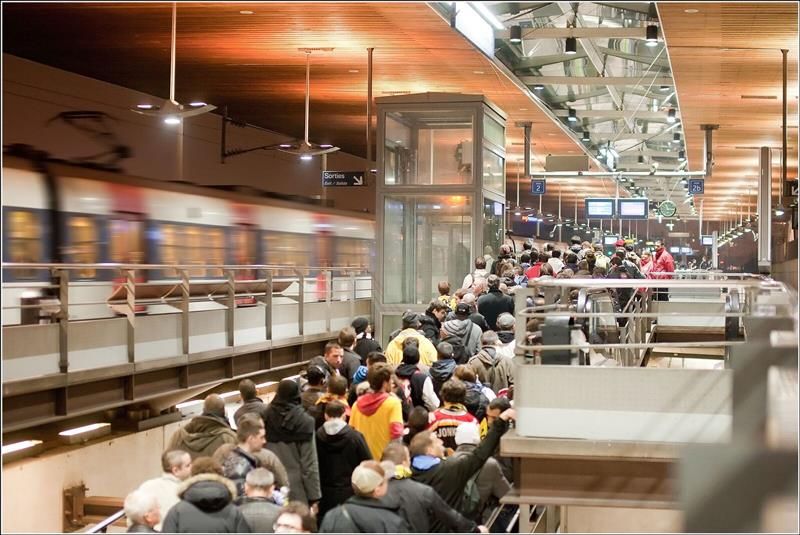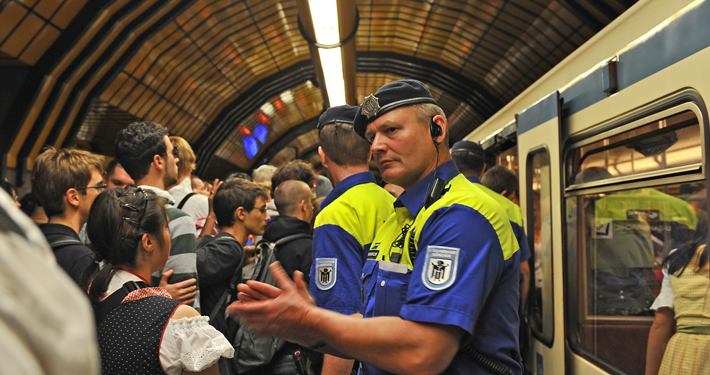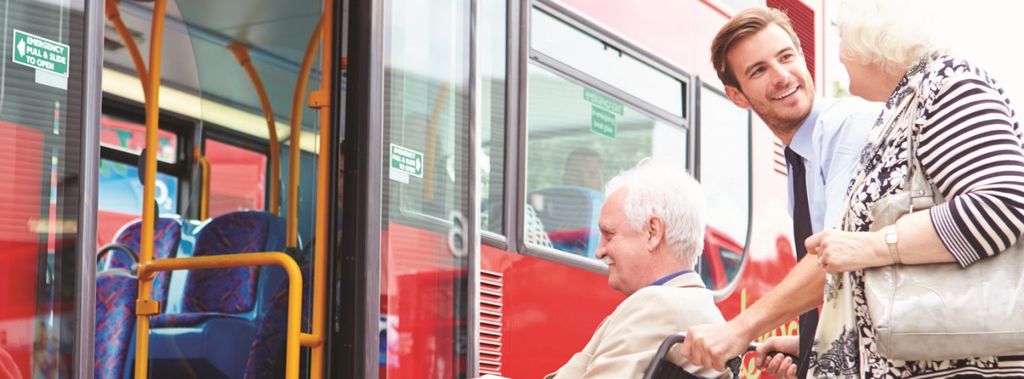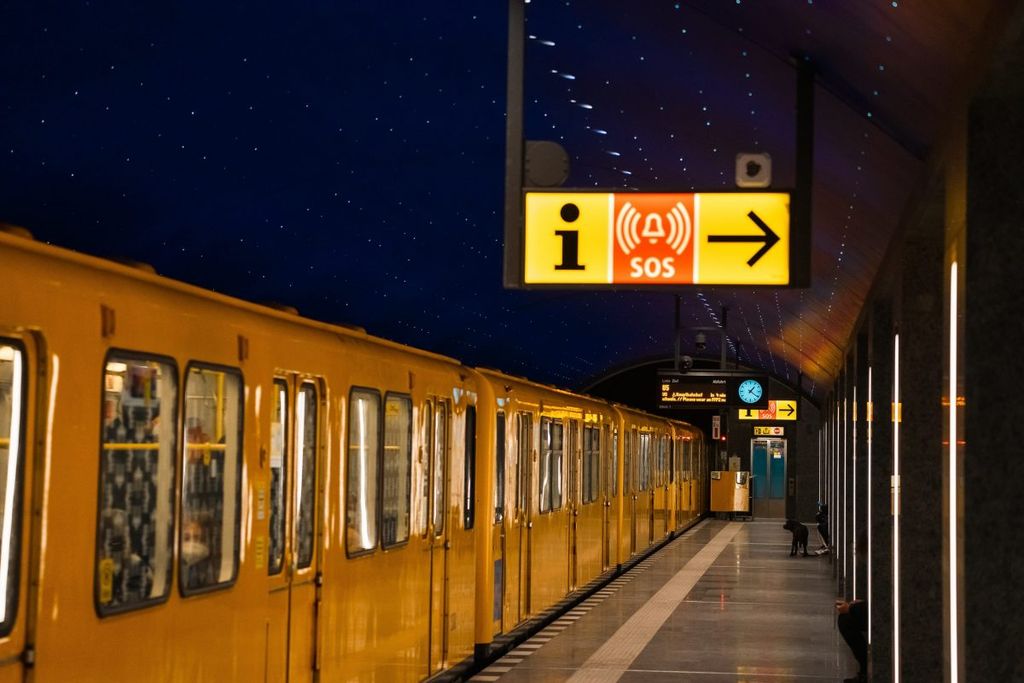
Risk management and emergency preparedness
Recent history has made it crystal clear that the things we expect the least can become a reality within a matter of days, hours or even with no warning at all. Being prepared in times of emergency can mitigate disaster, or at least enable public transport operators to stay resilient, move ahead and continue to keep cities moving.
Whether it’s natural disasters, energy crises or health and security issues, crises are bound to happen more often. Public transport operators and authorities need to be ahead of the game when it comes to being ready to tackle anything that comes their way.
Public transport deals with incidents big and small every day
Public transport mobilises millions and millions of people around the clock in all corners of the globe, so incidents are bound to happen. And because of the sector’s resilient systems, most incidents go by without passengers even noticing.
To be clear, public transport remains very safe. The safety and security of passengers are predominant factors in the sector. Passengers are 10 times more likely to be involved in an incident travelling by car than by public transport.
When their impact is big enough, incidents can escalate and cause disruption to public transport services. This has implications across both infrastructure and people beyond the actual occurrence itself.
Situations that escalate to emergencies can be accidental, like medical situations or power outages. But causes can also be intentional, such as vandalism, crime, cybercrime and terrorism. Increasingly they are caused by the changing climate such as extreme heatwaves, severe storms and resulting flooding.
These extraordinary events demand public transport networks build resilient systems, capable of withstanding any level of crisis.

How public transport can identify risk and be prepared
The topic of risk-assessment is an important element in the UITP Academy’s online training course on Public Transport Security and Emergency Preparedness. This popular and recurring course is currently under further development and being updated to include new initiatives and continuous innovation.
The course gives an in-depth look at how authorities and operators can plan for and develop a coordinated and well-managed response plan to ensure continuity of service and a resilient network.
The system requires a framework of policies, procedures, activities, guidelines, and associated resources to best prepare. Once that is planned, stakeholders must practice and train their response to emergencies and events. Only then, can a public transport network optimally manage its risks and potential threats.
While no situation or scenario is the same and the cause, magnitude, impact, and consequence will vary greatly, a framework must be put in place to lay a foundation for planning for emergency response.
1. Risk assessment and planning
This includes undertaking a risk analysis. A matrix is created to identify and review assets, map out key scenarios and the probability or level of threat. Outcomes and their likely impact are also considered. As part of the planning process, clear objectives and targets are also mapped out alongside any resulting legal requirements.
2. Operations and preparedness
As the response plan is being developed, public transport managers will need to design a staff structure that assigns responsibilities in case the risk becomes reality. That way, all staff know beforehand what their responsibility in any situation would be. This helps them prepare for their role, and speeds up the activation when crisis response is needed.
Communications, both internally and externally, is also part of the crisis response planning. Internally, a well designed communications plan ensures that the response plans are activated effectively. All procedures must be carefully documented with the necessary data and operational controls.
Externally passengers will need to be informed quickly, clearly and effectively, to give them the best chance at planning a smooth journey.
As part of the implementation, managers will need to include staff training and education. This should include carefully planned tabletop exercises and simulations.
The UITP Academy foresees training materials with handbooks with the necessary guidelines and checklists.
3. Monitoring, evaluation and continuous improvement
A plan can never be executed seamlessly without regular monitoring and evaluation. There must be co-operation between partners, vendors, and all departments in order to identify opportunities for corrective and preventive action. Anchoring this in the crisis response planning from the start guarantees regular check ins to update strategies as time goes by.
Now more than ever the future of our cities and people is under constant pressure because of growing urbanisation and congestion, pollution and climate change.
Public transport is a symbol and an indicator of the confidence and the health and safety of not only its passengers but for the resilience of cities at large.
This article is part of our investigation into resilience in public transport. Check out uitp.org/resilience for more articles and background!
Learn more about risk assessment from the UITP Academy
The UITP Academy’s online training course on Public Transport Security and Emergency Preparedness will be back later this year.
Each session is filled/packed with the most up to date (world class) thought leadership from international experts about public transport security (preparedness and resilience) including case studies from experienced networks, and a table-top exercise in emergency response. It provides real-world simulation that prepares our public transport operators to be ready to respond (and remain resilient) in a time of crisis.








